Why Hydration Is a Big Deal for Cats
Cats are notorious for not drinking enough water. Their ancestors were desert dwellers, so they’ve evolved to get much of their hydration from food. However, modern cats, especially those fed primarily dry kibble, often fall short in water intake. This can lead to trouble, including urinary tract infections, kidney issues, and other health concerns.
That’s where the cat water fountain comes in. These devices aren’t just about aesthetics or fun design. They tap into a cat’s natural preference for running water and can play a role in encouraging better hydration. But, like anything, they’re not perfect. Let’s explore the pros and cons so you can decide whether one suits your home.
The Perks of Using a Cat Water Fountain
Flowing Water Encourages Drinking
Some cats are drawn to the sound and motion of moving water. That’s why you might find your cat batting at a faucet or trying to drink from the tub. A fountain for cats mimics this behavior and can trigger their instinct to drink more frequently, which is essential for their health.

Cleaner, Fresher Water
Traditional bowls sit still and collect dust, fur, and food debris throughout the day. In contrast, a drinking fountain for cats usually includes filtration systems. These often involve activated carbon and mesh filters that help remove particles, odors, and stray hairs. The constant motion also means less stagnant water, reducing bacterial buildup.
Health Boosts Through Better Hydration
Better hydration doesn’t just mean more pee. It means a lower chance of painful health conditions like cystitis, bladder stones, and chronic kidney issues. Many veterinarians recommend water fountains as part of a preventative approach to urinary tract problems.

Less Frequent Refilling
Some smart cat fountains or larger-capacity models hold up to two liters or more. That can mean fewer trips to the sink, especially in households with multiple pets. You’ll still need to clean the fountain regularly, but you won’t be topping it off every few hours like a shallow bowl.
Mimics Natural Drinking Behavior
In the wild, cats rarely drink from still ponds. They seek moving water, which tends to be fresher and safer to drink. A pet hydration fountain imitates this natural choice, offering your cat an environment that feels more instinctively right.

The Downsides You Should Know
Higher Initial and Maintenance Costs
It’s no surprise that a cat water dispenser will cost more than a basic ceramic bowl. Prices vary widely, depending on brand, capacity, and features. Adding replacement filters and possible replacement pumps can increase costs over time. Purchasing a pumpless water fountain might be a solution.
More Complicated to Clean
Unlike a simple bowl you can rinse and refill, fountains have multiple parts. Pumps, filters, hoses, and trays all need regular cleaning. If any part gets overlooked, bacteria or mold can grow, which defeats the point of using a fountain in the first place.
Noise Might Be an Issue
Some pets (and people) are sensitive to noise. The low hum of the pump or the sound of flowing water could cause stress, especially for nervous cats. While higher-end models tend to be quieter, it’s still something to consider before buying.
Power Dependency and Placement Limits
Most fountains need to be plugged in. That means you’ll need to place it near an outlet, which could limit your options. There’s also a small chance of chewing through cords or water-related accidents, though most designs now include safety measures to prevent these risks.
Takes Up More Space
A cat drinking fountain is often bulkier than a simple bowl. If you’re in a small apartment or already navigating tight spaces, this could become an inconvenience. Larger models especially need a dedicated corner.
Not Every Cat Is a Fan
While many cats love fountains, some are initially skeptical or even frightened. You should introduce it slowly. There’s also a chance your cat simply prefers still water. Knowing your cat’s personality helps here.
Material Sensitivities and Longevity
Plastic models, especially those without scratch-resistant coatings, can develop grooves over time. These micro-scratches can trap bacteria. Some cats also react to certain materials. Stainless steel or ceramic fountains are more hygienic but usually cost more.
So, Should You Get One?
Check Your Cat’s Habits First
Watch how your cat behaves around water. Do they like to hang out near running faucets? Are they curious when the toilet flushes? These could be signs they’d benefit from a fountain for cats. On the other hand, a cat who avoids all running water might need a different approach.
Think About Your Lifestyle
Are you okay with a little extra maintenance in exchange for better water quality? Do you travel often or get busy and forget to refill the bowl? A smart cat fountain might actually simplify your routine, especially those with low-water indicators or timers.

Try a Test Run
Before investing in a top-tier interactive cat water dispenser, you might start with a smaller, budget-friendly model. See how your cat reacts. If it goes well, you can always upgrade later.
Wrapping It Up: Worth It or Not?
Cat water fountains offer a lot of benefits, especially when it comes to hydration, cleanliness, and behavioral satisfaction. But they’re not a perfect fit for every cat or every home. The added maintenance, costs, and adaptability issues should be weighed against the benefits.
At the end of the day, the best cat water fountain is the one your pet will actually use. Take the time to observe your cat’s preferences, think through the upkeep, and make a choice that fits both your lifestyle and your furry friend’s needs. Whether it’s a fancy smart fountain for cats or a basic one with a single stream, what matters most is that your cat stays happy, healthy, and hydrated.


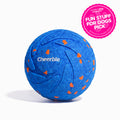
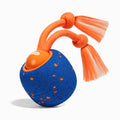
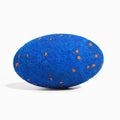
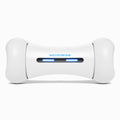
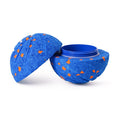
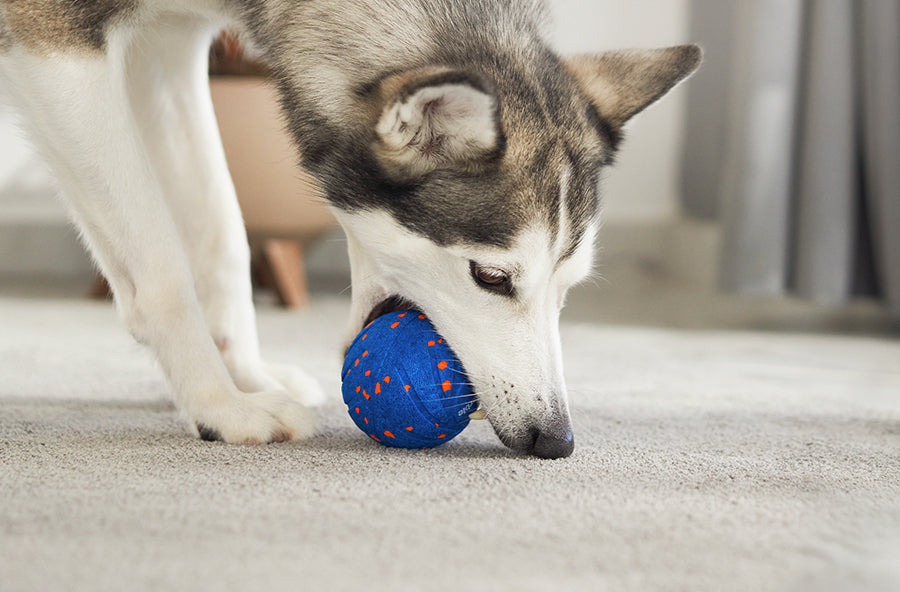
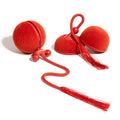
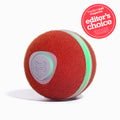
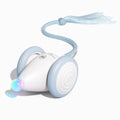
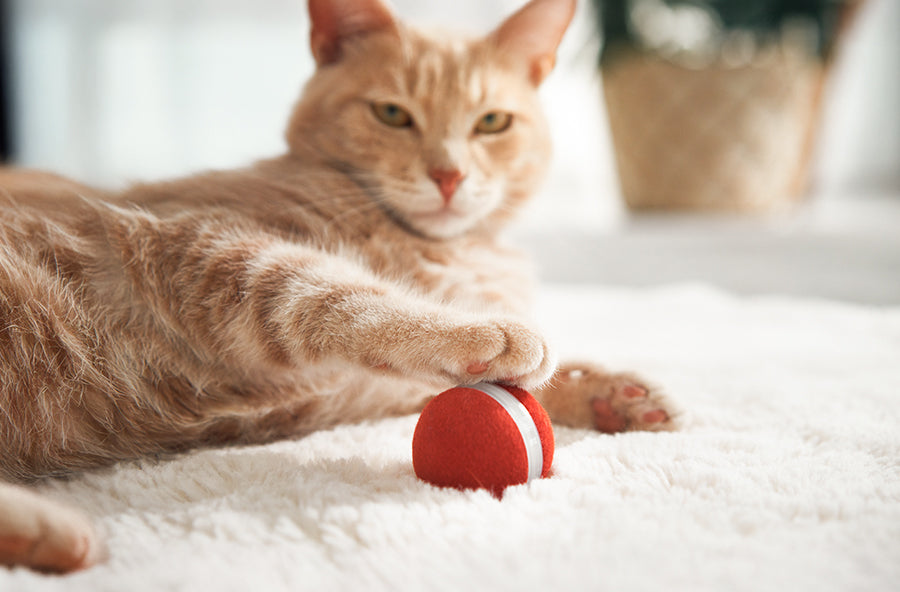
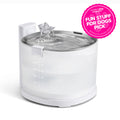
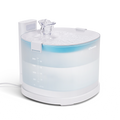
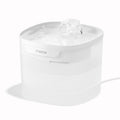
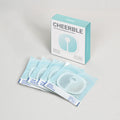
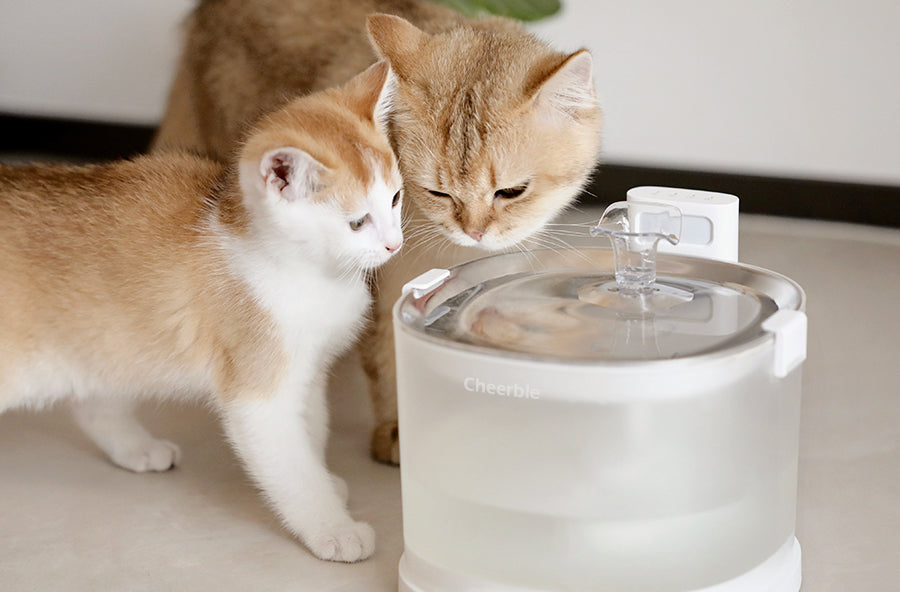
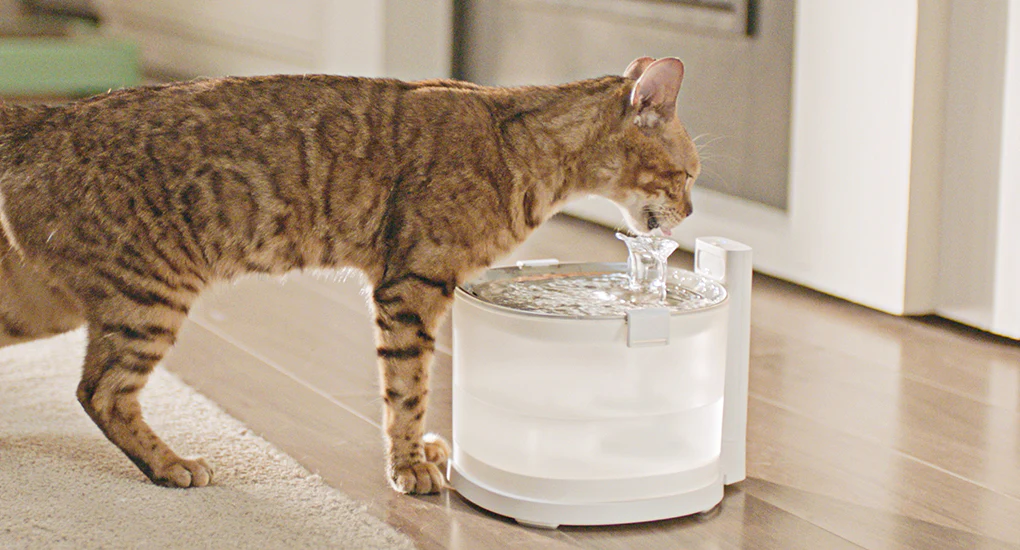
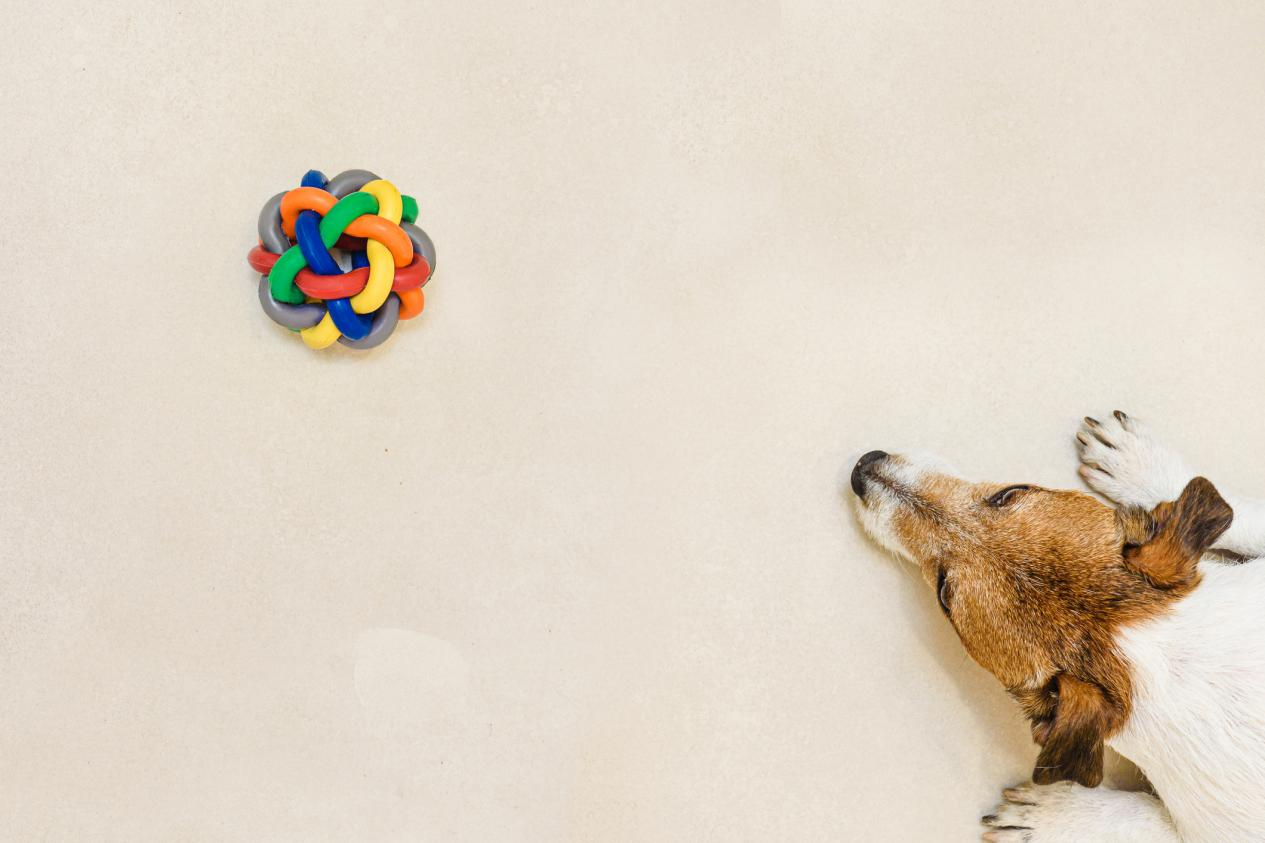
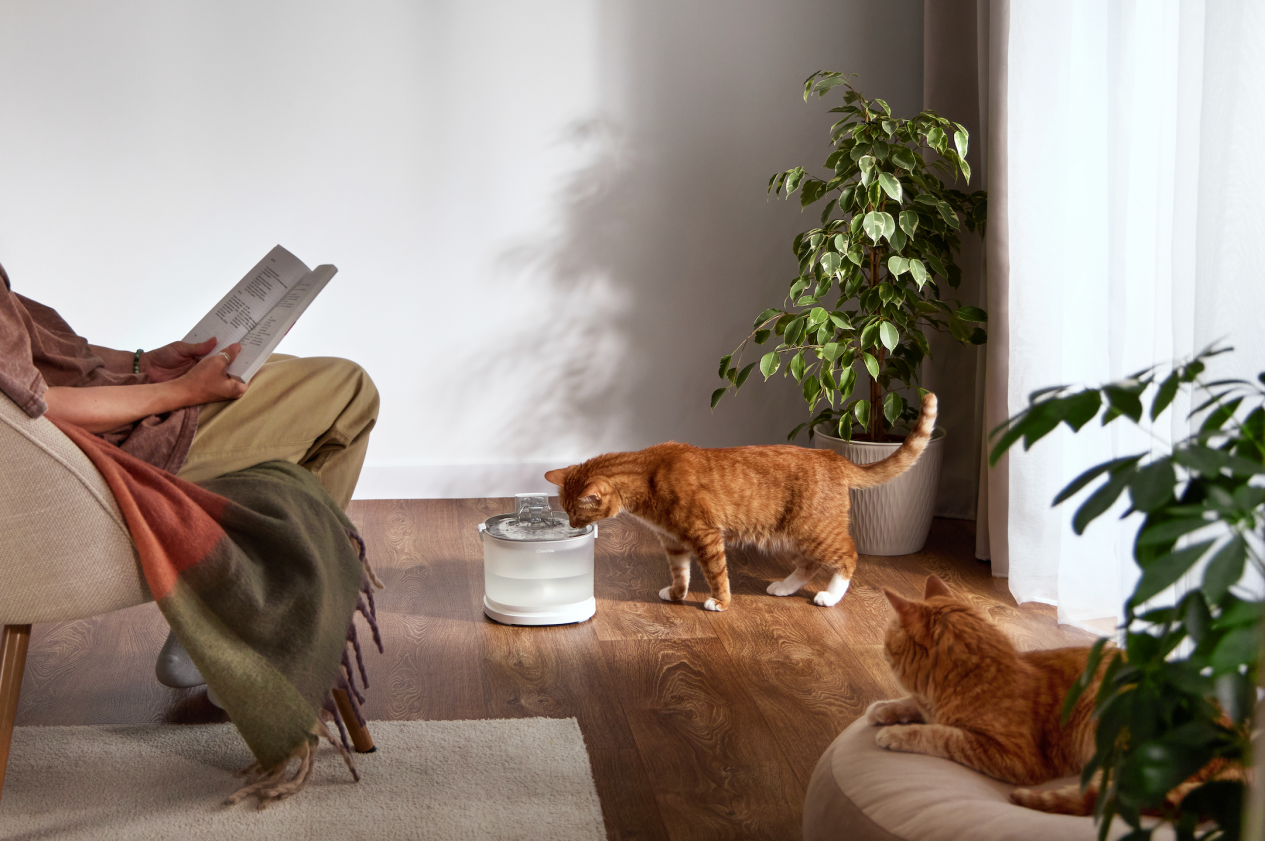
Leave a comment
All comments are moderated before being published.
This site is protected by hCaptcha and the hCaptcha Privacy Policy and Terms of Service apply.